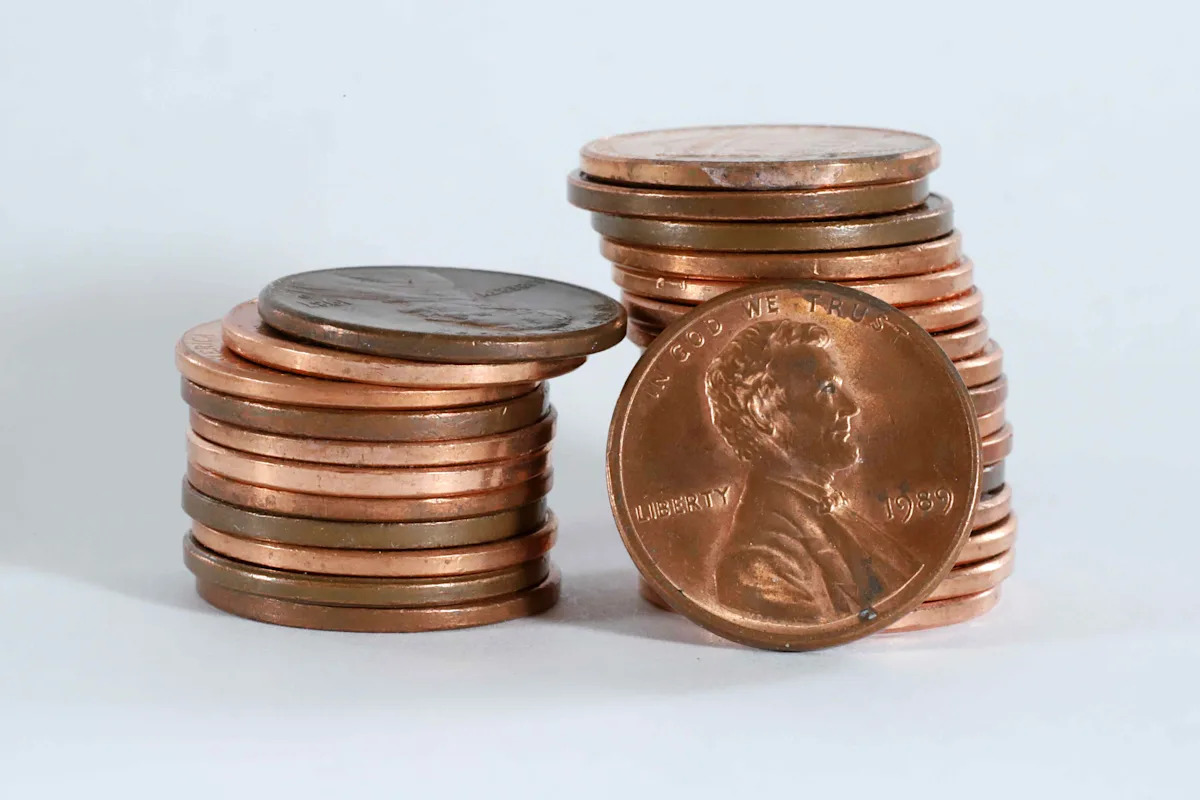As Dolly Parton once sang, “If teardrops were pennies and heartaches were gold, I’d have all the riches my pockets would hold.” These days, though, even Dolly’s pockets would be a little lighter. As of November 12, the U.S. Mint pressed its final circulating penny. The move comes after President Trump instructed the Treasury Department to halt production because the coin now costs more to make than it’s worth.
So what happens to the smallest form of currency when it suddenly disappears? Will your old change jars become tiny treasure chests? Probably not, according to coin expert Charmy Harker, who noted that our northern neighbor stopped minting pennies back in 2012 and most Canadians barely noticed. In an increasingly cashless society, the loss of the penny has more practical implications for shoppers than sentimental ones.
Are Retailers Changing Prices?
It probably won’t surprise you that there hasn’t been a single, unified response from retailers. Some national brands with strong Southern footprints—including Georgia-based Auntie Anne’s, Cinnabon, Jamba, and Carvel—have already announced they’ll round prices to the nearest nickel when customers pay with cash. Other stores are choosing a different approach and are simply asking shoppers to provide exact change.
The good news is that shoppers won’t suddenly be stuck with unusable coins. “Yes retailers will still be accepting pennies (except those that no longer accept cash for any purchases), and I believe they will be accepting pennies for a while, most likely until pennies that are currently in circulation become too scarce,” says Harker. Most major retailers have confirmed they’ll continue to take pennies at checkout, so the coin’s retirement won’t cause immediate chaos.
For anyone paying with a credit or debit card, nothing changes. Digital transactions will continue to ring up to the exact cent, and you won’t notice any difference.
What Should You Do With Your Pennies?
Even though the U.S. Mint has stopped producing new pennies, the ones already in your home, car, or junk drawer are still very much real money. Stores, banks, and most coin-counting machines will continue accepting them, so there’s no rush to dump out your change jar.
As Harker explains, “Pennies aren’t being recalled so they will still be in circulation for quite some time, and whether stores and/or banks need pennies will depend on how soon stores start rounding sales to the nickel.”
In practical terms, pennies won’t vanish overnight. Instead, they’ll slowly fade out of circulation as they get lost, damaged, or turned in for deposits. With no new pennies being minted to replace them, the national supply will naturally shrink until the coin becomes more of a rarity than a regular part of your wallet.
So what should you actually do with the ones you have?
Spend them normally: You can still use pennies anywhere that accepts cash.
Cash them in: Banks often take rolled coins, and grocery-store coin machines can convert loose change into cash or store credit.
Put them back into circulation: If you’ve been hoarding jars for years, now’s a good time to empty a few into the world—it helps retailers and other shoppers who still pay with coins.
Are Pennies Worth More Now?
There’s no need to hold onto your pennies now, hoping for a big cash out in the future, according to Harker, who explained that even older pennies aren’t worth more than a couple of cents. “Pre-1982 pennies are copper and have value for their copper content. Many retail coin shops will pay $.03 – $.04 a piece for common date pennies.”
Easy Crafts & DIY Ideas for Pennies
If you do want to hold onto a few of the last pennies in circulation, they don’t just have to collect dust in a jar. There are so many creative ways to celebrate this coin:
Jewelry: Turn pennies into simple pendants or charms by drilling a tiny hole at the top or using a glue-on jewelry backing.
Coin album: Sort through your pennies and place each one into the matching date slot in a coin album.
Coasters and trivets: Glue pennies flat onto a cork or wooden base, arranging them tightly to form a solid surface. Seal with a clear topcoat to create a heat-resistant trivet or coaster.
Scrapbooks and memory jars: Add special-year pennies to scrapbook pages alongside photos, or drop a small handful into a glass memory jar to mark a meaningful year or milestone.
Read the original article on Southern Living

